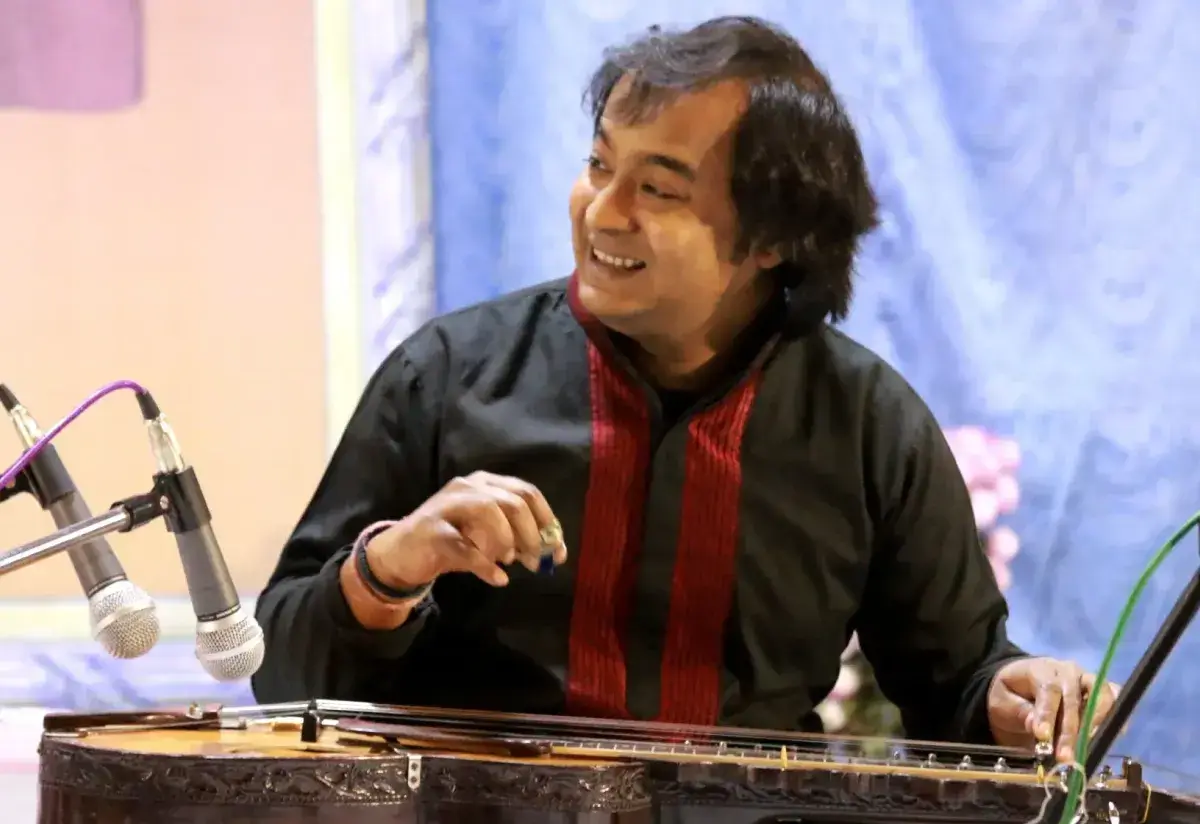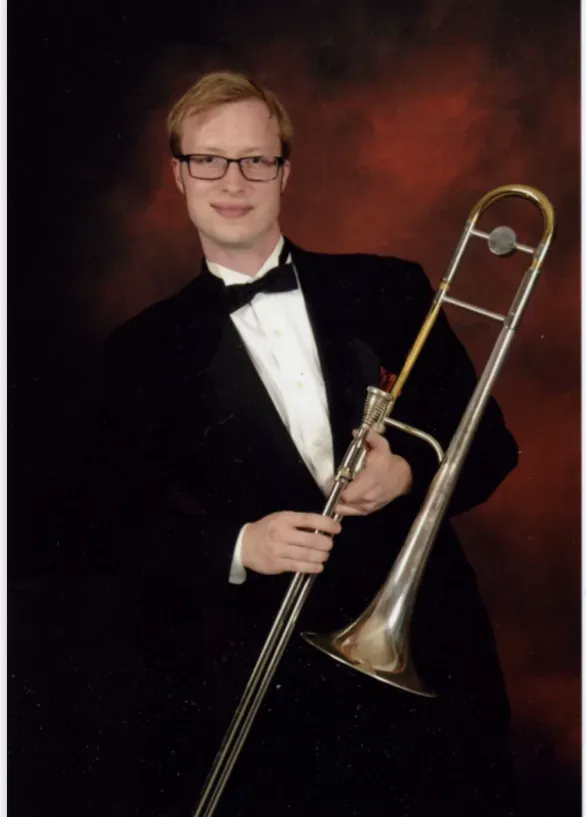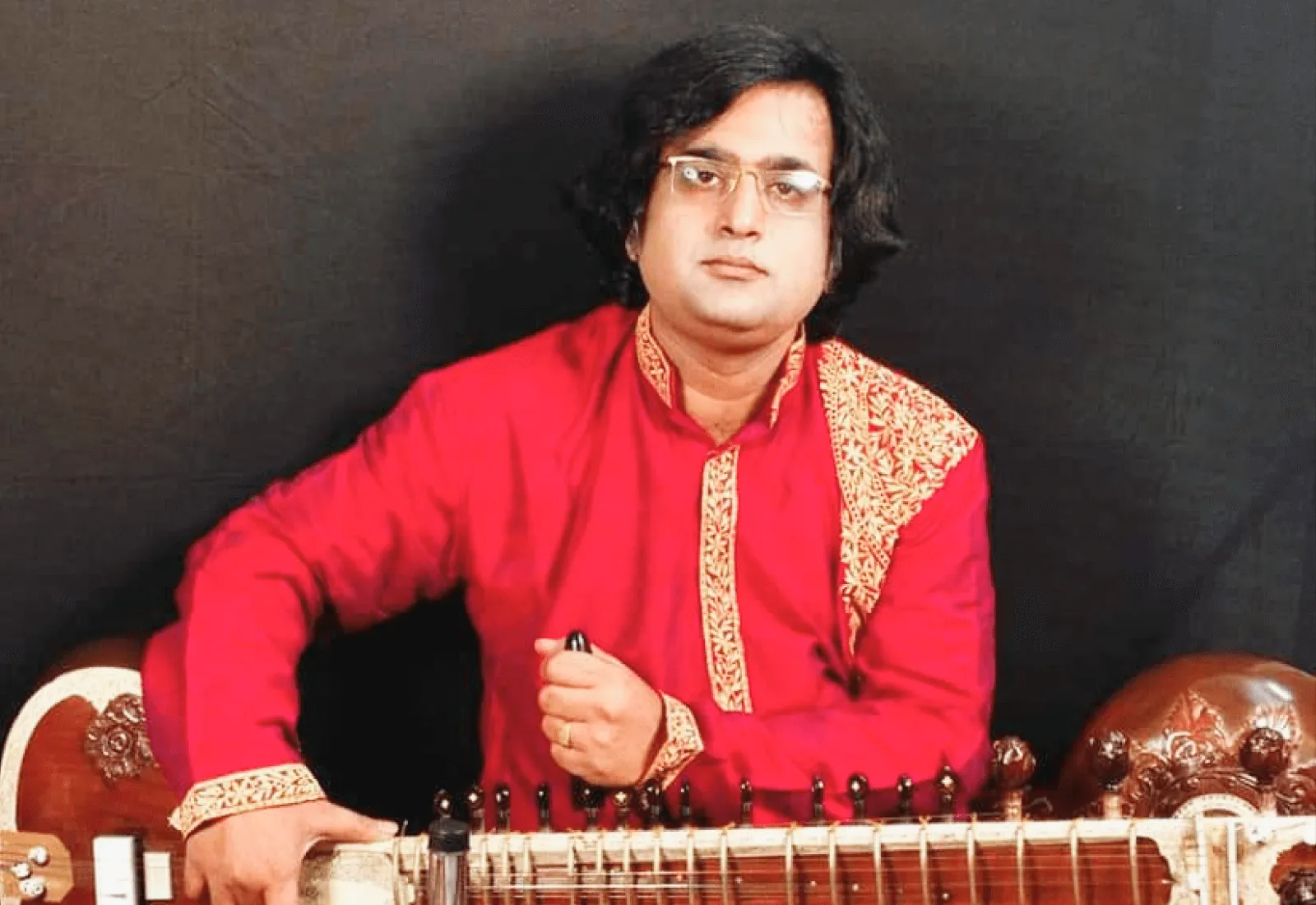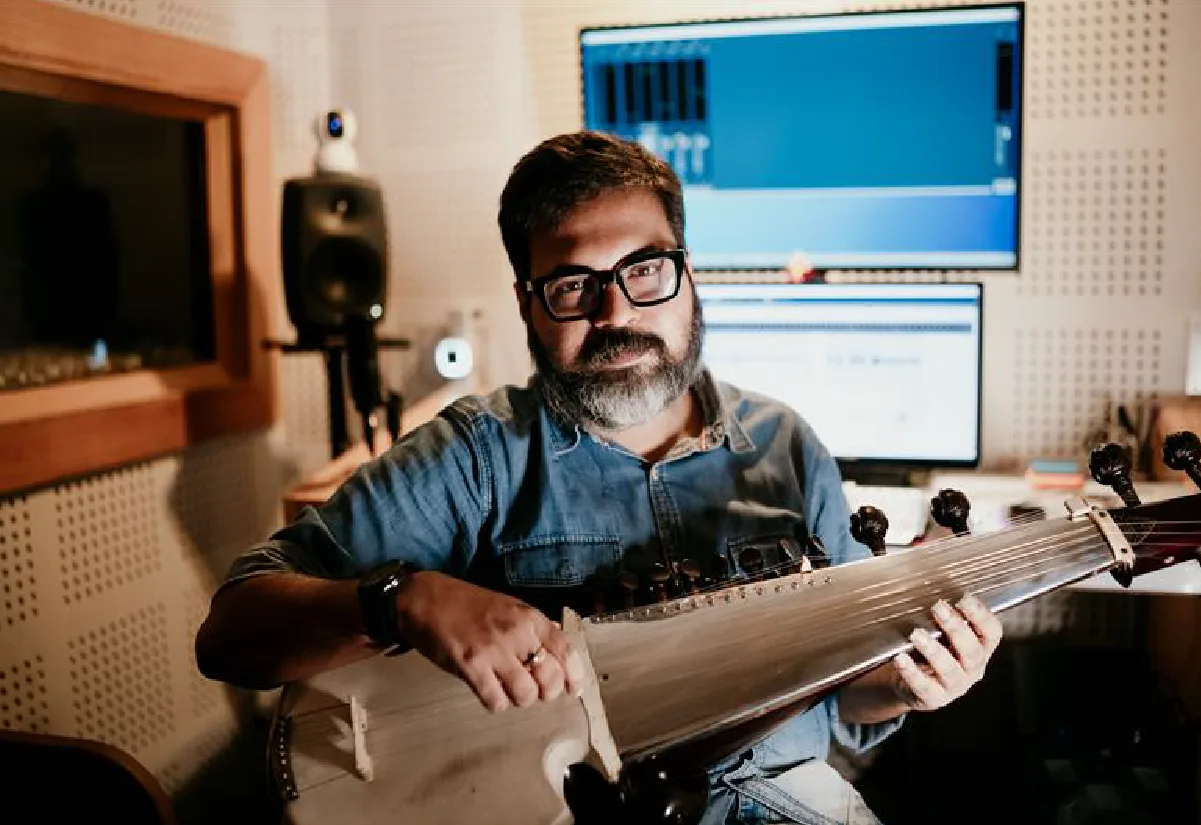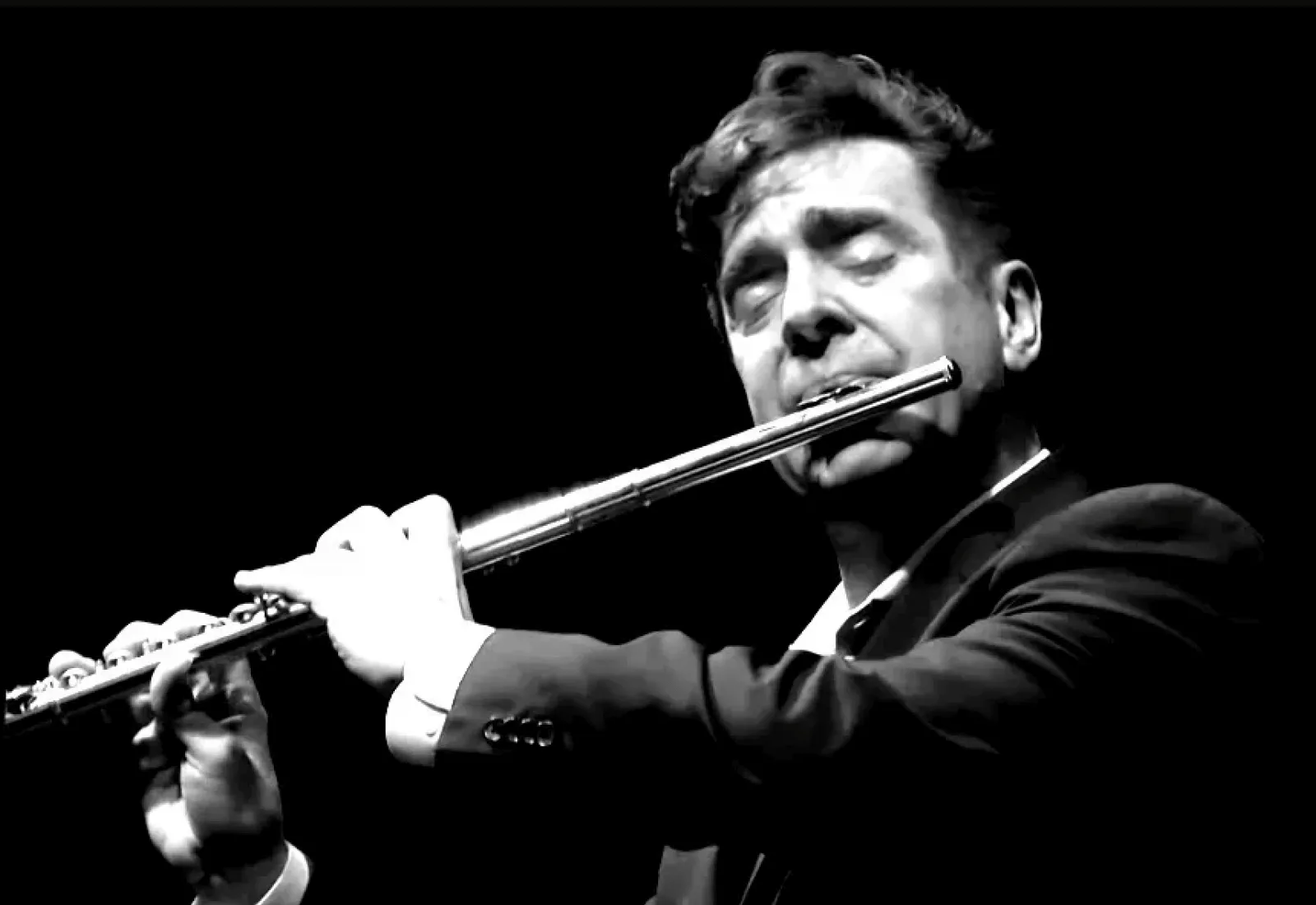Overview
Wind instruments are musical instruments that produce sound by the vibration of air. When air is blown into or over a mouthpiece or reed, it causes the air inside the instrument to vibrate. This vibration creates the sound.
Wind instruments are divided into two main categories: woodwind and brass. Woodwind is further divided into flutes and reed instruments.
Reed instruments are a type of wind instrument. It produces sound through the vibration of a reed. A reed is a thin strip of material, often made from cane, metal, or synthetic materials. The strip vibrates when air is blown across it. This vibration sets the air column inside the instrument into motion, generating sound. The length of the vibrating air column impacts sound pitch. The length of the air column is altered to raise or lower the pitch.
Reed instruments can be classified into single-reed, double-reed, and free-reed instruments. Clarinet, Bass Clarinet, and Saxophone are single-reed instruments. They have one reed attached to the mouthpiece. Likewise, double-reed has two reeds placed together that vibrate against each other to produce sound. Examples of double-reed instruments include oboe, bassoon, and English Horn. In a free-reed instrument, reeds vibrate freely without a mouthpiece or staple. Examples are harmonica, accordion, and concertina.
History of Reed Instruments
The earliest reed instruments were made from natural materials like reeds, bamboo, or animal bones. They typically featured a single reed attached to a tube. These were used for communication, ritual, and entertainment.
Ancient Egypt
Some of the earliest known reed instruments were found in ancient Egypt, dating back to around 2700 BCE. Instruments like the "mizmars" and "clarions" were used in religious ceremonies and festive occasions.
Mesopotamia and Sumer
Ancient Sumerian and Mesopotamian cultures also had reed instruments, as evidenced by depictions in art and surviving artifacts. The "zamr" is one such instrument, thought to have been a precursor to the modern oboe.
Greece and Rome
The aulos, an ancient Greek double-reed instrument, was used in various contexts, including theater and religious ceremonies. Its Roman equivalent, the tibia, played a similar role.
Medieval and Renaissance Developments
During the medieval and Renaissance periods, reed instruments underwent significant development and diversification, particularly in Europe. This era saw the refinement of instrument construction, leading to better sound quality and playability.
Shawm and Pommer
The shawm, an early double-reed instrument, was popular in medieval Europe and is considered an ancestor of the modern oboe and bassoon. Its larger counterpart, the pommer, had a deeper sound.
Dulcian and Curtal
The dulcian, or curtal, was a precursor to the bassoon, featuring a folded conical bore and a double reed. It became widely used in Renaissance music.
Baroque to Classical Period
The Baroque period marked the beginning of significant advancements in reed instrument design and technique, leading to the instruments we recognize today.
Oboe
The oboe evolved from the shawm and became a standard orchestral instrument during the Baroque period. It underwent further refinement in the Classical period, with keywork and reed design improvements.
Bassoon
The modern bassoon also developed during this time, evolving from the dulcian. Its design allowed for greater range and expressiveness.
Clarinet
The clarinet was invented in the early 18th century by Johann Christoph Denner. Initially a simple single-reed instrument, it quickly became popular and underwent several improvements.
19th and 20th Centuries
The 19th and 20th centuries saw further technological innovations and the global spread of reed instruments. This period also witnessed the emergence of new reed instruments and styles of music.
Saxophone
Invented by Adolphe Sax in the mid-19th century, the saxophone became a key instrument in jazz, military bands, and later, popular music.
Expansion and Global Influence
European reed instruments spread globally through colonization and cultural exchange. Meanwhile, indigenous reed instruments continued to play vital roles in local traditions, such as the Japanese hichiriki, the Armenian duduk, and the Chinese suona.
Modern Era
Today, reed instruments are used in a wide range of musical genres, from classical and jazz to pop and folk. Advances in materials and manufacturing have led to high-quality instruments with improved durability and acoustics. The study and performance of reed instruments remain vibrant, with new music continually being composed and performed worldwide.
Mechanism of Reed Musical Instruments
A reed instrument produces sound through the vibration of a reed or reeds when air is blown past them. The reed is a thin strip of material, typically made of cane, metal, or synthetic material, that is positioned so that it can vibrate freely. Here’s a detailed look at how a reed instrument works:
The Reed
The reed is the core component that generates sound in reed instruments. There are different types of reeds:
- Single Reed: Used in instruments like the clarinet and saxophone. It consists of a single cane or synthetic material attached to a mouthpiece. The reed vibrates against the mouthpiece when air is blown through it.
- Double Reed: Used in instruments like the oboe and bassoon. It comprises two pieces of cane tied together. The reeds vibrate against each other when air is blown between them.
- Free Reed: Used in instruments like the harmonica and accordion. The reed vibrates within a slot, without being attached to a mouthpiece or another reed.
Airflow and Vibration
The player's breath provides the airflow necessary for the reeds to vibrate:
- Blowing: When the player blows air into the instrument, the air pressure causes the reed to vibrate. For single reed instruments, this involves air pushing the reed against the mouthpiece. In double reed instruments, air passes between the two reeds, causing them to vibrate against each other.
- Air Pressure and Flow: The strength and consistency of the airflow, controlled by the player’s breath, influence the amplitude and stability of the sound. More forceful airflow can increase the volume and sometimes the pitch, while less forceful airflow produces softer sounds.
Sound Production
The vibration of the reed creates a rapid opening and closing motion, which alternately blocks and allows airflow through the instrument. This action modulates the air pressure and creates sound waves:
- Single Reed: As the player blows, the reed vibrates against the mouthpiece, creating periodic pulses of air that generate sound waves.
- Double Reed: The two reeds vibrate against each other, with air passing through the small gap between them, producing sound waves.
- Free Reed: Air flowing through the reed’s slot causes the reed to vibrate. The frequency of vibration depends on the reed's size, tension, and material, determining the pitch.
Pitch Control
Pitch in reed instruments is primarily controlled by altering the length of the air column within the instrument and the player's control over the reed:
- Tone Holes and Keys: By opening or closing tone holes along the instrument’s body, the player changes the effective length of the air column. This alters the pitch, with shorter air columns producing higher pitches and longer columns producing lower pitches.
- Embouchure and Air Pressure: The player’s mouth shape and the force of the breath (embouchure) also play a role. A tighter embouchure can raise the pitch slightly, while a looser one can lower it. Varying air pressure can also subtly alter the pitch.
- Special Mechanisms: Some instruments have additional mechanisms like octave or register keys that help players switch between different registers or octaves.
Resonance and Timbre
The shape and material of the instrument's body affect the resonance and timbre (tone quality) of the sound. The vibrating air column inside the instrument resonates with the frequency produced by the reed, amplifying the sound. The specific design, size, and materials used in the instrument contribute to its unique sound characteristics.
Types of Reed Instruments
Single Reed Instruments
Single reed instruments are a type of woodwind instrument that produce sound using a single reed attached to a mouthpiece. The reed vibrates against the mouthpiece when air is blown into the instrument, creating sound waves. Here are some common types of single reed instruments and their working mechanisms:
Clarinet
The clarinet is a versatile woodwind instrument used in various musical genres, including classical, jazz, and folk music. It has a cylindrical bore and a single reed mouthpiece.
The reed is attached to the mouthpiece with a ligature, a clamp that holds the reed in place. When the player blows air through the mouthpiece, the reed vibrates against the hard surface of the mouthpiece, creating sound waves.
The clarinet has a series of tone holes along its body. The player uses keys and fingerings to open or close these holes, altering the length of the vibrating air column inside the instrument. Closing more holes makes the air column longer, producing lower pitches, while opening holes shortens the column, producing higher pitches.
The clarinet can play a wide range of notes, including multiple registers. A special key called the register key helps the player access higher notes by changing the effective length of the air column.
Saxophone
The saxophone is a conical-bore woodwind instrument, typically made of brass. It is widely used in jazz, classical, and popular music. The saxophone family includes instruments of various sizes, such as soprano, alto, tenor, and baritone saxophones.
Like the clarinet, the saxophone uses a single reed attached to a mouthpiece. The reed vibrates when the player blows air into the mouthpiece, producing sound.
The saxophone's conical bore (the tube gradually widens from the mouthpiece to the bell) affects the instrument's timbre and ease of playing in the lower and upper registers.
The saxophone has a complex system of keys and tone holes. The player uses these keys to change the length of the air column, thereby altering the pitch. The saxophone's key system allows for quick and easy transitions between notes.
Bass Clarinet
The bass clarinet is a larger and lower-pitched member of the clarinet family. It is commonly used in orchestras, wind ensembles, and jazz bands.
The bass clarinet uses a larger single reed and mouthpiece compared to the soprano clarinet. The mechanism is similar, with the reed vibrating against the mouthpiece to produce sound.
The bass clarinet has an extended lower range, achieved by a longer body and additional key mechanisms. It also has a curved neck and an upturned bell, which helps project the sound and manage the instrument's size.
Like other clarinets, it uses a system of keys and tone holes to control the pitch. The bass clarinet can play in several registers, with a key mechanism to assist in moving between them.
Contrabass Clarinet
The contrabass clarinet is one of the largest and lowest-pitched instruments in the clarinet family. It is used in orchestral and contemporary music settings for its deep, resonant sound.
It uses a large single reed and mouthpiece similar to the bass clarinet. The size of the reed and the air column contribute to its low pitch.
The contrabass clarinet is much longer and often features a looped or U-shaped design to make it more manageable. The body may have additional bracing and keys to facilitate playability.
The key system is similar to other clarinets but scaled to the instrument's size. The length of the air column and the size of the tone holes determine the range of notes.
Basset Horn
The basset horn is an extended-range clarinet in F or G. It is known for its mellow tone and is used in classical music, particularly in the works of composers like Mozart and Mendelssohn.
The basset horn uses a single reed and mouthpiece, similar to other clarinets, but is typically larger, contributing to its unique tonal quality.
It has additional keys to extend its lower range, allowing it to play notes below the standard clarinet range.
The basset horn often has a curved neck and a small bell, which helps balance the instrument and projects its sound more effectively.
Double Reed Instruments
Double reed instruments are a category of woodwind instruments that use two reeds placed together to produce sound. The reeds vibrate against each other when air is blown between them, generating sound waves. Here are some common types of double reed instruments and their working mechanisms:
Oboe
The oboe is a soprano-range woodwind instrument known for its clear and penetrating sound. It is commonly used in orchestras, wind ensembles, and as a solo instrument.
The oboe uses a double reed made from two pieces of cane bound together. The reeds are thin and delicate, allowing for sensitive control over the sound.
The oboe has a conical bore, which means the tube gradually widens from the reed to the bell. This shape affects the instrument's timbre and tuning. The player covers and uncovers tone holes with their fingers or uses keys to change the pitch.
The player’s embouchure, or the way they shape their mouth and use their lips, is crucial in controlling the tone and pitch. The player blows air into the reed, causing the two reeds to vibrate against each other, which creates sound waves.
Bassoon
The bassoon is a larger, lower-pitched double reed instrument with a distinctive warm and reedy tone. It is a staple in orchestras and wind ensembles and is also used as a solo instrument.
The bassoon reed is larger than that of the oboe and is similarly made from two pieces of cane. The reed is attached to a bocal, a curved metal tube that connects to the instrument’s body.
The bassoon has a long, folded conical bore, giving it a compact size despite its length. The air column inside the instrument is considerably longer, which contributes to its low pitch range.
The bassoon has a complex key system to cover the many tone holes, allowing it to play a wide range of notes. Players use their fingers and thumbs to operate the keys.
As with the oboe, the player’s control over the reed through their embouchure and air pressure is crucial for producing and shaping the sound.
English Horn (Cor Anglais)
The English horn, or cor anglais, is a member of the oboe family, pitched lower than the oboe. It is known for its rich, mellow sound and is often used in orchestral and chamber music.
The English horn uses a double reed similar to the oboe’s but larger. The reed is attached to a metal tube called a bocal.
The English horn has a slightly larger and longer conical bore than the oboe. It also features a bulbous bell, which contributes to its distinctive, rounded sound.
The English horn has a key system similar to the oboe’s, allowing the player to cover or uncover tone holes to change the pitch.
The player’s embouchure and control of air pressure are essential for producing a stable tone and achieving the instrument’s full expressive range.
Contrabassoon
The contrabassoon is an extended version of the bassoon, pitched an octave lower. It has a deep, powerful sound and is used to add depth to orchestral and wind ensemble music.
The contrabassoon uses a large double reed, even larger than the bassoon’s reed, which is attached to a long, curved metal bocal.
The contrabassoon has a very long, folded conical bore, which results in its deep, rich sound. The design includes many bends and folds to make the instrument more manageable.
The instrument has an extensive key system to cover its many tone holes, accommodating the wide range of pitches it can produce.
As with other double reed instruments, the embouchure and air pressure are critical for producing and controlling the sound.
Bagpipes
Bagpipes are a family of double reed instruments known for their continuous sound, produced by a combination of reeds and an air reservoir, or bag. They are traditional in many cultures, particularly in Scotland, Ireland, and various regions in Europe and the Middle East.
Bagpipes use a double reed for the chanter (the melody pipe) and often single reeds for the drones (pipes that produce a constant background note). The double reed in the chanter vibrates to create the melody.
The bag acts as an air reservoir. The player blows air into the bag through a blowpipe or uses a bellows to inflate it. By squeezing the bag, air is pushed through the reeds.
The chanter is the main melody pipe, with finger holes that the player covers or uncovers to change the pitch. The drones are longer pipes that produce a continuous harmonizing note.
The unique feature of bagpipes is their continuous sound, achieved by the constant air supply from the bag.
Free Reed Instruments
Free reed instruments are a fascinating category of musical instruments in which sound is produced by the vibration of free reeds—a reed that is not fixed at both ends. These reeds vibrate freely when air passes through them, creating sound. Here are some different types of free reed instruments and their working mechanisms:
Harmonica
The harmonica is a small, portable instrument commonly used in blues, folk, rock, and classical music. It consists of a series of holes, each with a pair of reeds—one for blowing (exhaling) and one for drawing (inhaling).
The reeds are made of metal and are set inside a chamber. Each hole has two reeds: one that vibrates when air is blown into the harmonica and another that vibrates when air is drawn out.
When the player blows or draws air through the holes, the corresponding reed vibrates, producing a note. The pitch of the note depends on the size and length of the reed.
Players can alter the pitch slightly by changing the air pressure and the shape of their mouth, a technique known as "bending."
Accordion
The accordion is a larger, more complex instrument than the harmonica, featuring bellows, buttons, or keys. It is widely used in folk, classical, and popular music.
The bellows are the primary air source. By expanding and compressing the bellows, the player forces air through the reeds.
Similar to the harmonica, the accordion has metal reeds set into reed blocks. Each reed block can contain multiple reeds of different pitches.
The player presses buttons or keys to open specific air passages, allowing air to flow through selected reeds. This system can play both melody and harmony.
Some accordions have registers that change the tonal quality by activating different sets of reeds or altering the air path.
Concertina
The concertina is a smaller, hand-held instrument similar to the accordion but with a different button layout. It is popular in folk music, particularly in Irish and English traditions.
Like the accordion, the concertina uses bellows to push and pull air through reeds.
Each button on the concertina corresponds to a pair of reeds, one for pushing and one for pulling the bellows. This allows for different notes to be played with each button depending on the direction of the bellows movement.
The concertina's reeds are free reeds similar to those in the accordion and harmonica. They vibrate when air passes over them, producing sound.
Sheng
The sheng is a traditional Chinese free reed instrument with a series of vertical pipes. It is one of the oldest known free reed instruments and is used in Chinese classical and folk music.
The player blows air into a mouthpiece, which directs the air into the body of the instrument.
The sheng has multiple pipes, each with a free reed inside. The pipes are of different lengths and are typically arranged in a circular fashion.
The player covers or uncovers finger holes on the pipes to allow air to pass through specific reeds, thus selecting different notes.
Melodica
The melodica is a portable free reed instrument with a keyboard. It is often used in music education and various music genres.
The player blows air through a mouthpiece attached to the side of the melodica.
The keyboard controls which reeds receive air. Pressing a key opens a valve, allowing air to flow through the corresponding reed.
Each key corresponds to a different reed, with the reeds vibrating as air passes through, producing sound.



